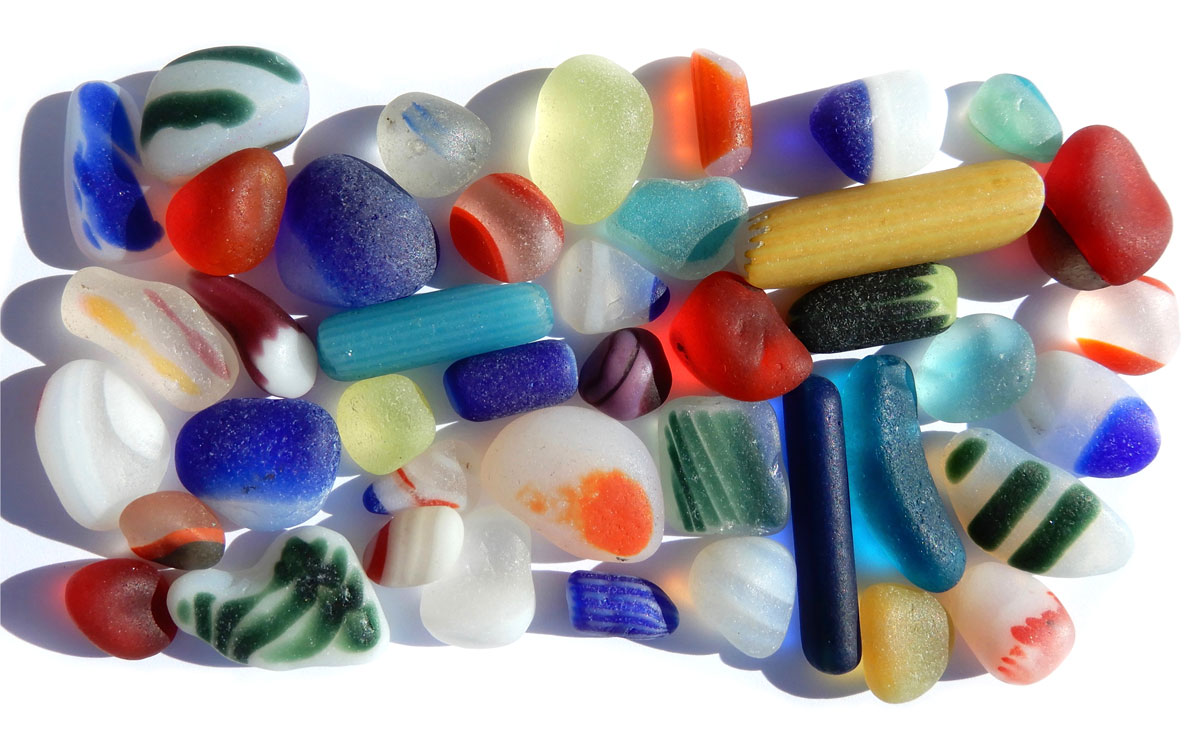Tips for Photographing Sea Glass
Magazine Photo Tips

We look forward to sharing your photos and videos in the magazine!
Read about creating photos that are fit to print ›
Photo and Video Submission Guidelines
We love seeing your beachcombing photos and videos and are honored to share them with our worldwide beachcomber community through the pages of Beachcombing magazine. Following are some issues that commonly appear in images submitted to Beachcombing. Once you have selected the photo(s) or video(s) that you want to share, please step through this list to make sure they are ready for publication.






